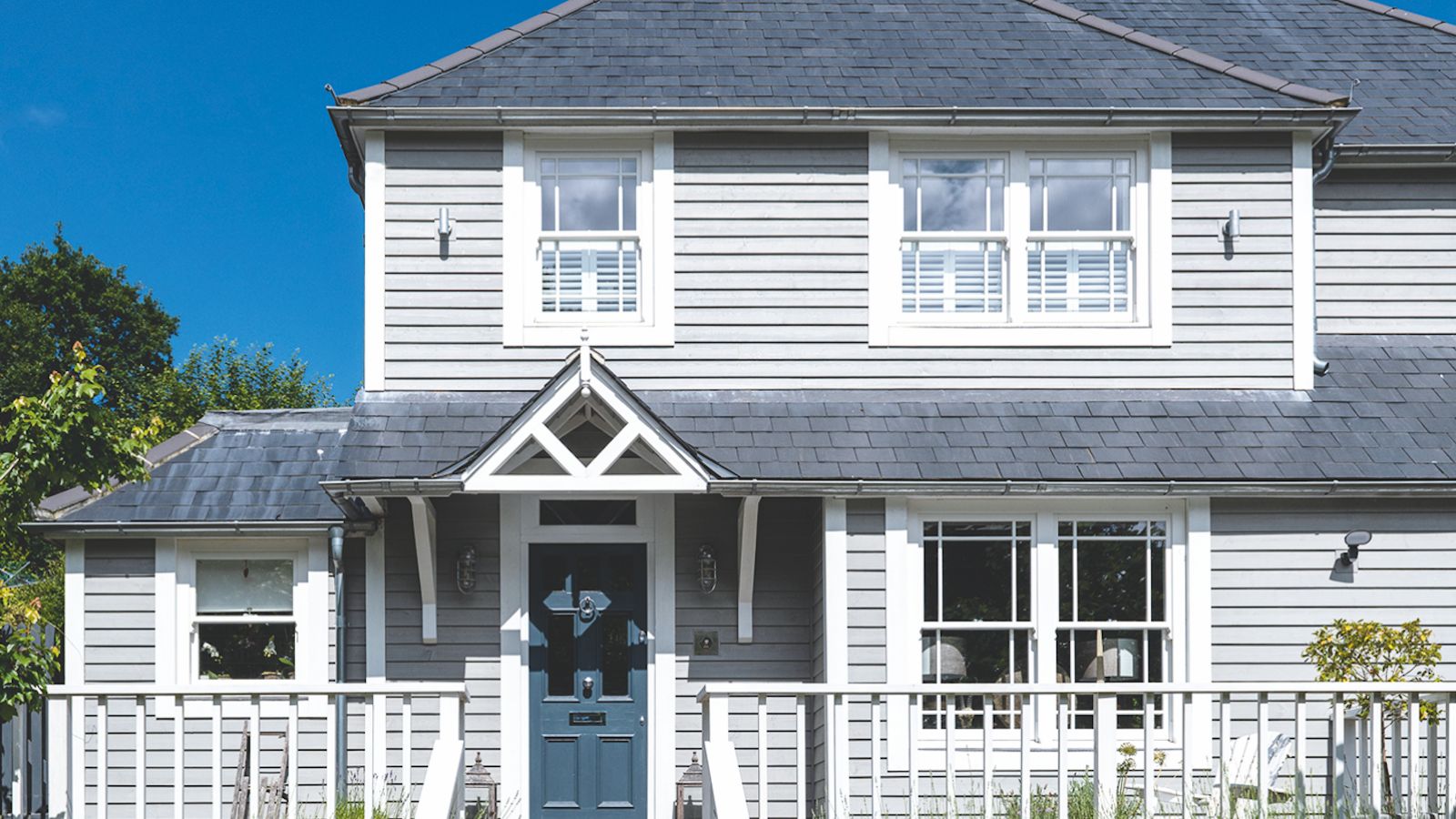
When it comes to looking ahead for winter, we often think of home maintenance to do before the frosts and snow hit. But what about home maintenance mistakes in winter?
These 11 erros shared by our experienced home construction and maintenance pros can lead to costly damage, damp, mold and a host of other problems including avoidable rise in energy costs.
We spoke to expert contractors for their thoughts on how to prepare a house for cold weather, and which home maintenance mistakes never to make in this season.
11 home maintenance mistakes never to make in winter
1. Neglecting insulation in attics and basements

As the highest and lowest points of your home, it's crucial to keep your attic and basement well insulated, to reduce your energy bills and improve your home's EPC rating.
'There's little point sealing your windows and doors, only to skimp on insulating your attic and basement,' explains Meredith Blackwelder, home improvement and maintenance expert at NewHomesMate. 'Warm air will escape wherever it can, leading to higher energy bills.'
Blackwelder recommends the Frost King Foam Pipe Insulation available at Amazon to improve heating efficiency, and the Owens Corning PINK FIBERGLAS Insulation for Attic, also available at Amazon, which 'can ensure the warmth you're paying for staying inside, keeping temperatures high and costs low.'
If you're wondering if you should insulate a basement ceiling, our dedicated article weighs up the pros and cons.
2. Failing to disconnect hoses from outdoor spigots
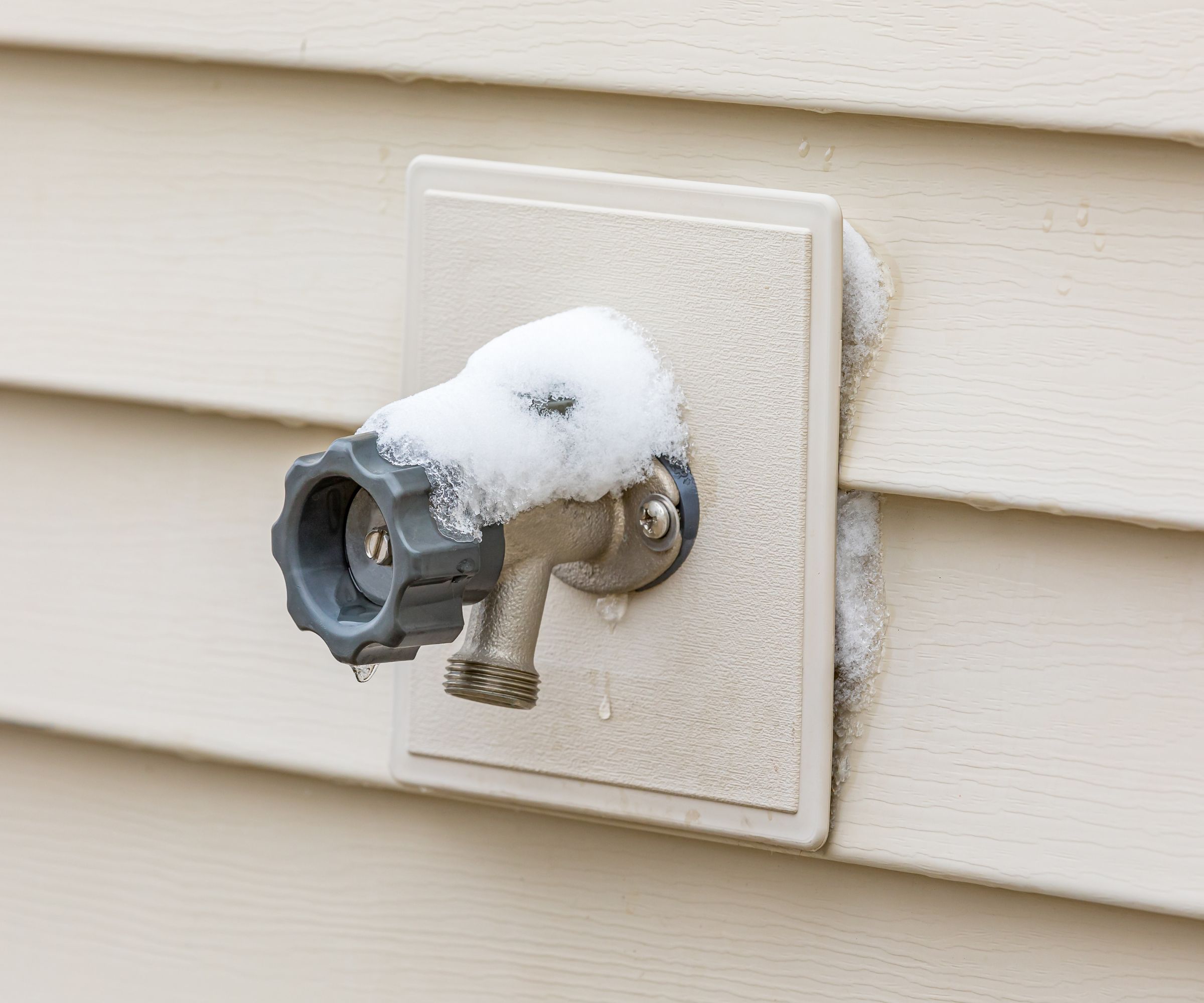
If you want to stop outdoor spigots from freezing and bursting, the most important step is disconnecting any hoses.
'Burst pipes are a big problem when the temperatures get extreme, and the #1 reason we get calls to fix burst pipes in the winter is that customers leave their hoses, full of water, hooked to their outdoor spigots,' says Hendrik Vandepoll, co-owner and lead master plumber at Service Force Plumbing in Rockville, MD. 'When you leave your hose connected to the spigot, it does not let water drain out, and holds water in there ready to freeze and crack the pipe leading into the house.'
This even applies to "frost-proof" or "freeze-proof" spigots, warns Vandepoll, as the mechanism that makes them weather-resistant is simply a shutoff valve deep within the wall, which allows water to drain from the pipe to prevent freezing. But, if your hose is left connected to the fixture, it can't drain the water.
'You risk a burst pipe, flooding issue, water damage, and a visit from the plumber,' he says. 'Always disconnect your hoses from your spigots when the weather turns cold.'
If you do not already have one, consider installing a frost-proof spigot, such as the SharkBite 12 Inch Frost Free Sillcock available at Amazon, recommends Vandepoll. Just make sure to drain the hose first.
3. Manually controlling the temperature of your home
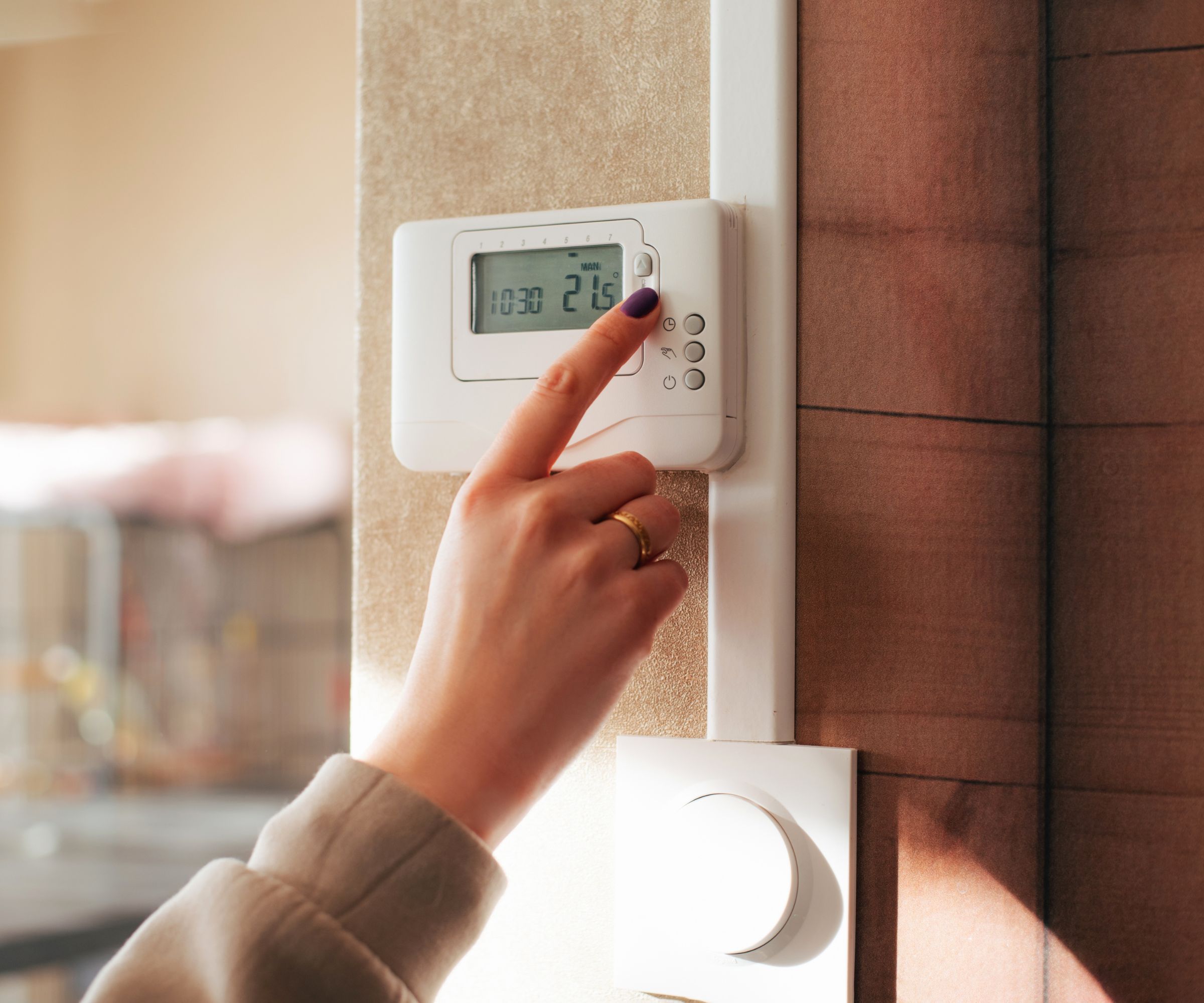
We know how tempting it is to turn up the thermostat at home during colder weather, but manually controlling the ambient temperature of your home throughout winter is not only a lot of work – it could be costing you too.
'It will inevitably cause you to waste energy,' says Elizabeth Dodson, co-founder of HomeZada. 'Instead, install a programmable thermostat to give you maximum temperature control.'
This allows you to maintain your home at that perfect equilibrium temperature which keeps you warm and comfortable, but saves energy and money at the same time by not being wasteful.
'Every homeowner has that perfect temperature,' adds Dodson, and 68°F (20°C) is the best temperature for a thermostat in winter, according to HVAC experts, so avoid common thermostat mistakes by keeping yours in that ballpark.
Dodson recommends the Amazon Smart Thermostat available at Amazon, which features automatic and on-the-go control. 'It's a simple-but-smart affordable model that can be used independently or with Alexa or Ring,' she says, so it's a good option if you're worried about how much it might cost to replace a thermostat.
4. Neglecting your outdoor kitchen

Just because summer is over, 'don't forget about your outdoor kitchen,' says Glenn Lewis, president at Mr. Appliance. 'There are things that need to be done after that last cookout of the year.'
If you need to clean an outdoor kitchen but aren't sure where to start, begin by cleaning your grill with a heavy-duty degreaser, such as the EASY-OFF Cleaner Degreaser available at Walmart, giving your grilling rack a light coating of olive oil, and turning off the gas if yours is a gas grill, recommends Lewis.
Then, turn off your refrigerator and wipe out any moisture before you close it up, using a spray disinfectant, such as the Method Antibacterial All-Purpose Cleaner available at Walmart and a microfiber cloth such as the MR.SIGA Microfiber Cleaning Cloths, also available at Walmart.
'Also, if you have an outdoor dishwasher, turn the water and electricity off,' says Lewis. 'Disconnect the drainpipe, let the water inside the pump drain out, and then reconnect the pipe.'
5. Failing to disconnect and drain irrigation
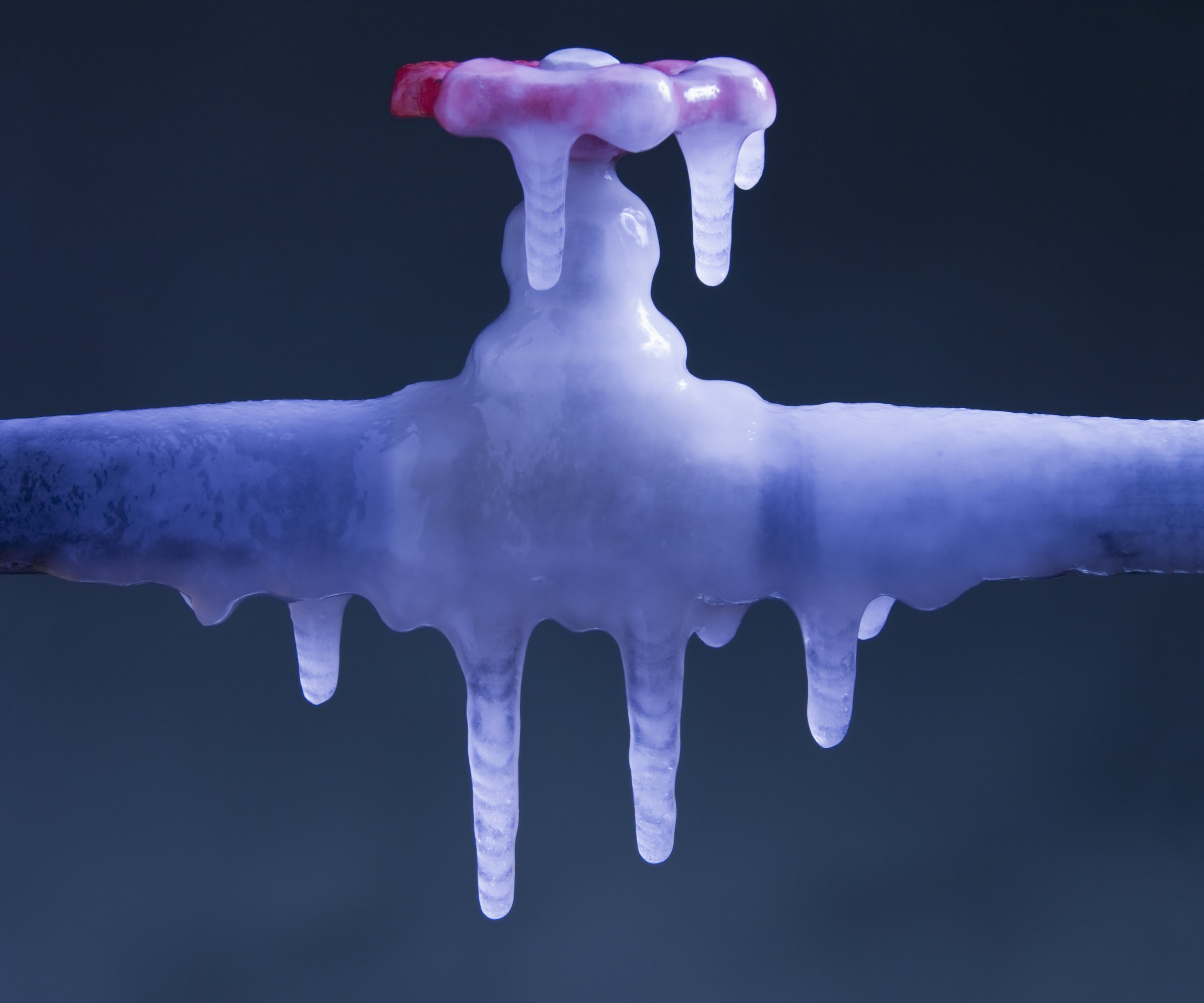
Much like disconnecting hoses from outdoor spigots, irrigation systems and sprinklers need to be disconnected during winter.
'Similar to exterior faucets but more often forgotten, sprinklers and irrigation need to be drained before winter both in the North and South as they typically have far less insulation protection, significantly more connections and breakage points, and even a cold snap can damage them,' says David Steckel, Head of Product & Innovation at Sears Home Services.
Blow out your sprinkler system, disconnect hoses, and winterize exposed irrigation parts before temperatures are expected to drop, Steckel recommends.
If you're unsure how to winterize a sprinkler system or when to do so, our guides detail how to prevent freezing and breakages.
6. Overlooking chimney and fireplace maintenance
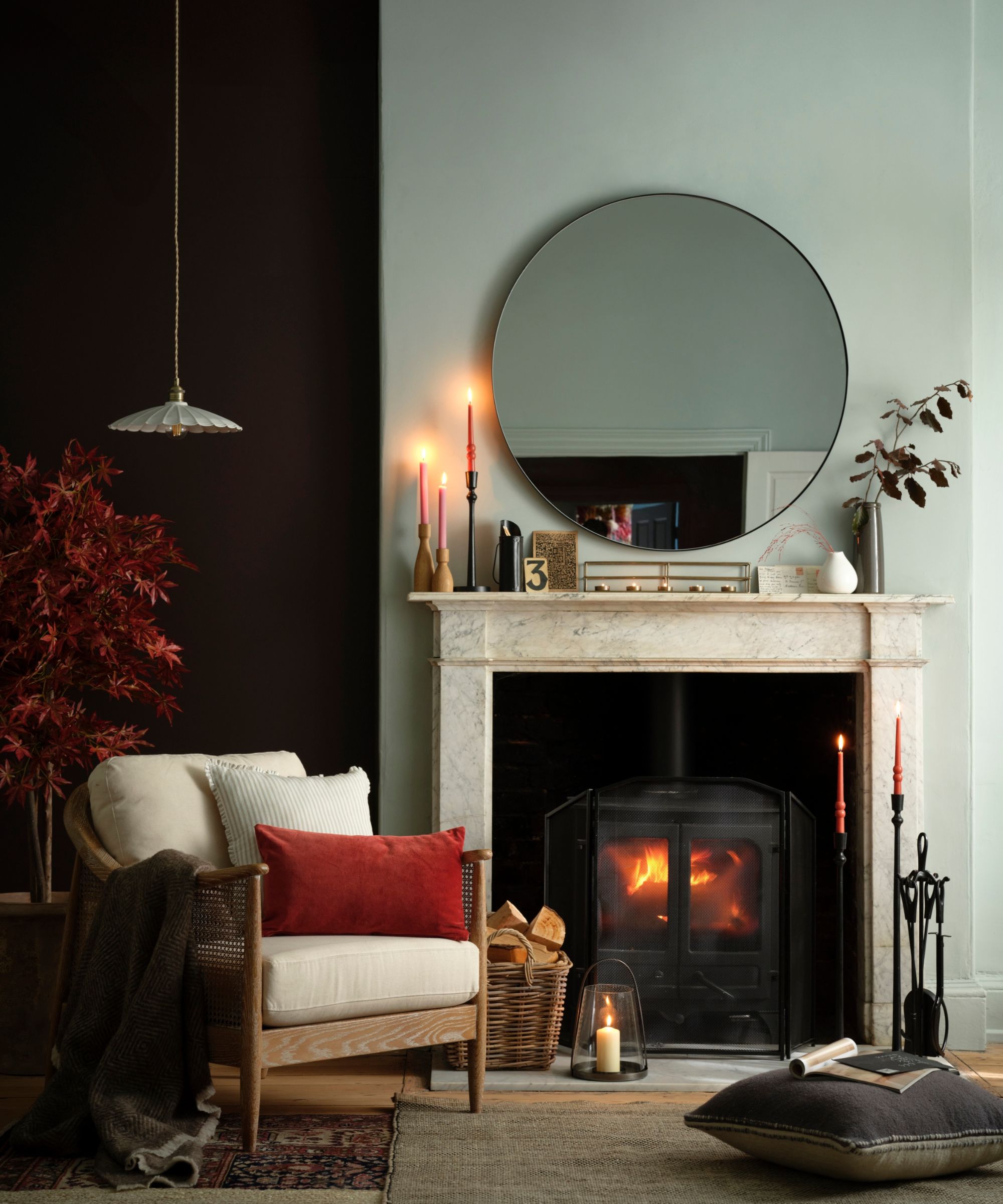
How often should you clean your chimney? Your fireplace gets used a lot during winter, after a long break over summer, so it's important to pay attention to it's upkeep.
'Before firing up your fireplace, ensure it's safe,' stresses Blackwelder. 'Many skip chimney cleaning, risking a build-up of harmful gasses.'
Regularly sweep it out, using tools such as the Rutland Products Round Chimney Cleaning Brush available at Amazon, which will help delay the need for a deep clean once the weather turns and you're in a rush to warm up, recommends Dodson.
'Once your home is finally toasty, a chimney balloon, such as the Chimney Balloon Fireplace Inflatable Draft Stopper available at Walmart, will help keep it that way,' she adds, which will draft proof a fireplace, but do not use one with an active vented gas log set.
Dodson recommends hiring a professional chimney sweep at least once a year, either during fall or winter, to remove toxic and flammable soot buildup. And, 'for frequent fire-burners, I'd also recommend burning a creosote log at least once during the season. These do work as part of a large chimney-cleaning routine.'
These Pine Mountain Firelog Creosote Busters can be purchased at Amazon, and they're 'one of the best creosote logs on the market,' says Dodson.
7. Not having your HVAC system inspected
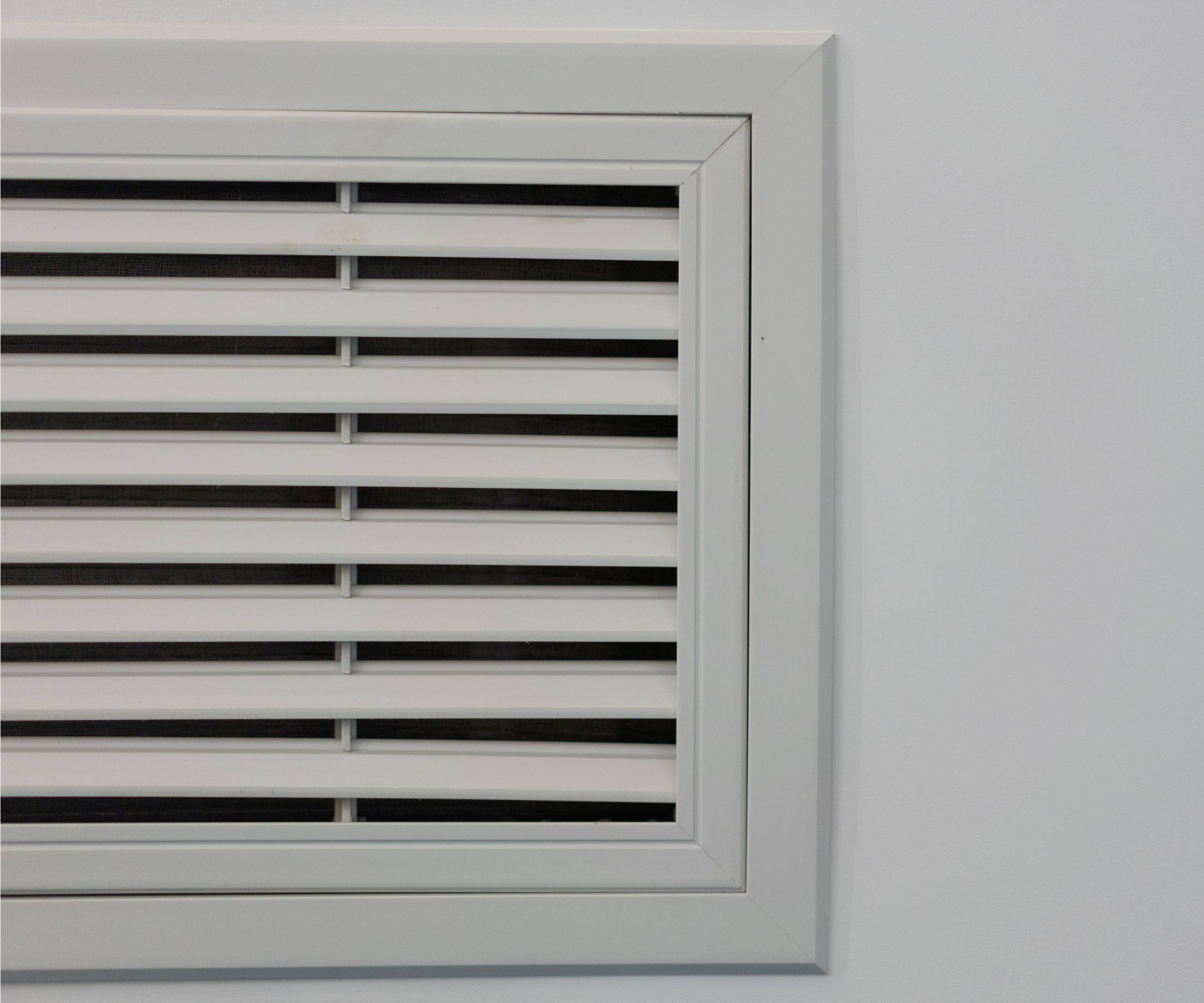
If you're wondering how often a HVAC system should be serviced, the answer is at least annually.
'The most common home maintenance mistake is not having the HVAC or furnance system inspected before the cold season begins,' says Brad Roberson, president of Aire Serv. 'It is a good idea to have the system serviced before the start of summer and winter, to ensure the system is ready to handle the hot and cold seasons.'
Homeowners should also change air filters every 30 to 90 days depending on the needs of the homeowner. You also need to clean your HVAC system, warns Roberston. 'Homeowners should also check to ensure vents are not blocked and debris, weeds and yard waste is cleared away from the outside condenser unit to allow for proper airflow.'
'If homeowners hear strange noises like banging when the system is on this may indicate an issue. Strange smells like eggs can also indicate an issue with the system. Ensure the air filter is not dirty and restricting airflow.'
You can look at your thermostat to ensure everything is working properly.
8. Failing to check roof ventilation
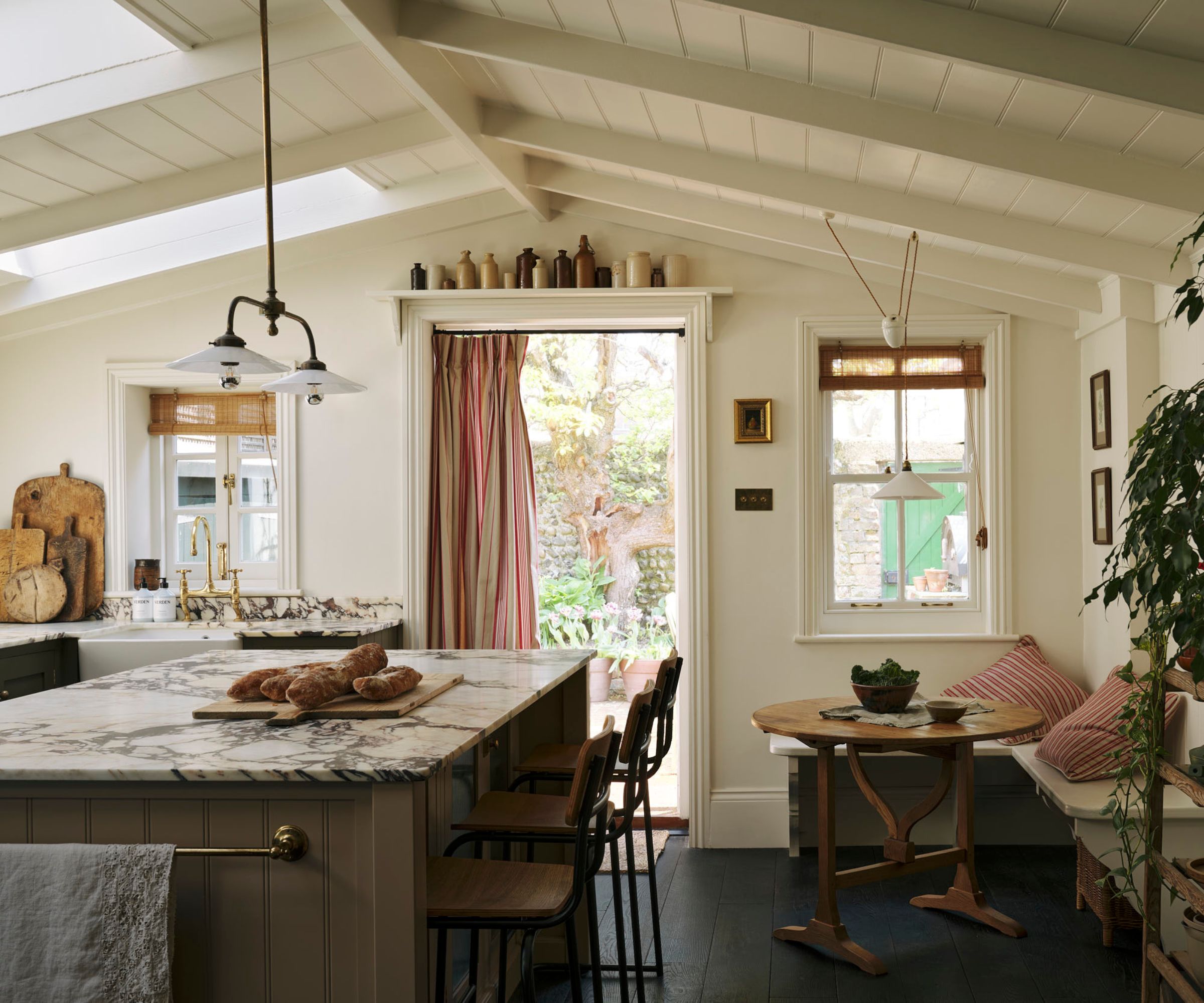
'Hot air sitting in your attic with nowhere to go will cause dampness, mold, and ice dams – and eventually costly damage to your home,' says Blackwelder. 'Before you switch on the heating, check vents aren't blocked or covered.'
If you can't find one, Blackwelder recommends installing the Lomanco Whirlybird Turbine Ventilator available at Walmart, and ask a pro for help if you're not sure how to ventilate an attic to avoid injury to yourself or your home.
9. Forgetting to waterproof your roof and gutters
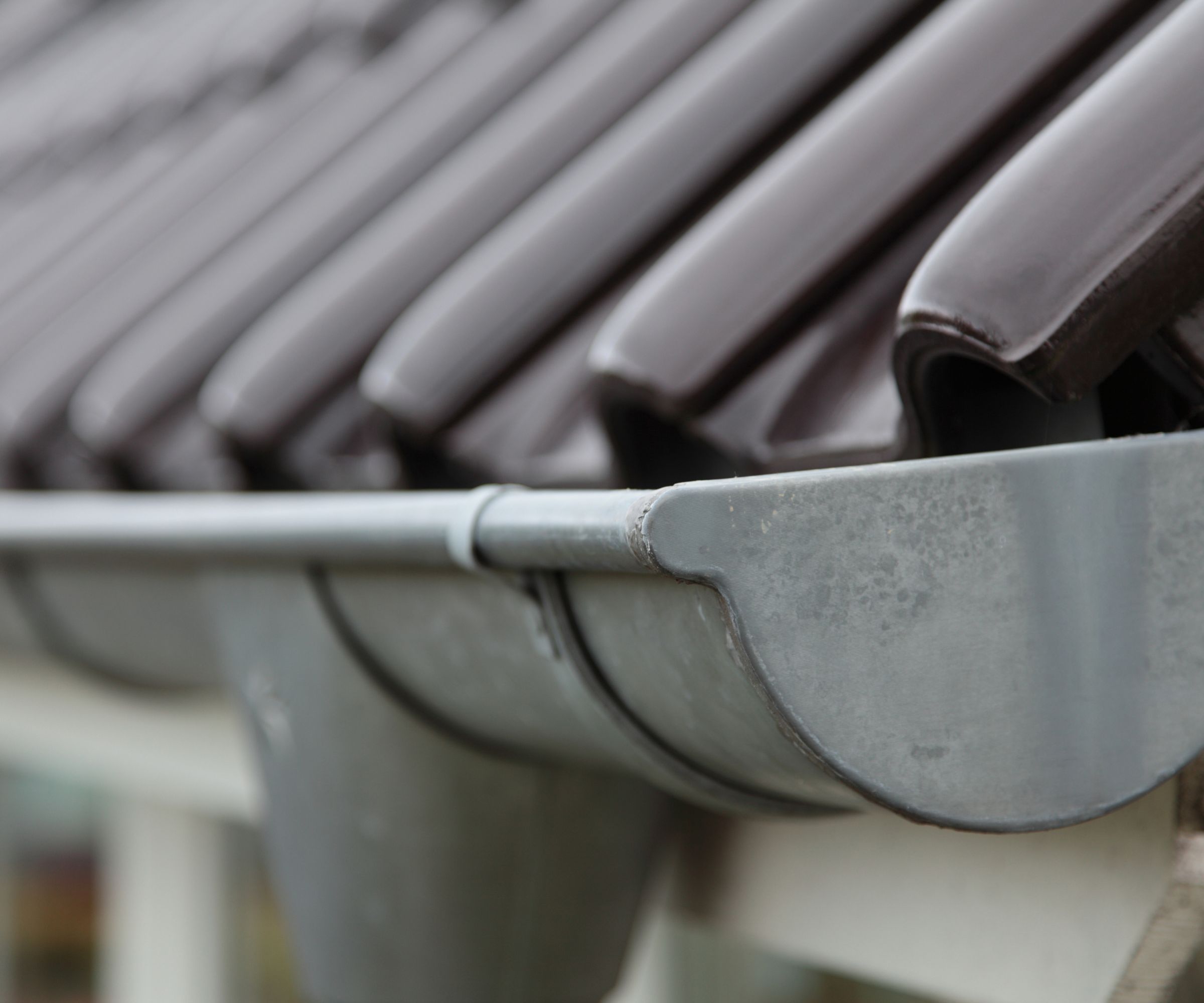
During the colder weather of fall and winter, your roof and gutter are exposed to wet weather and freezing temperatures.
'Don't forget to check your roof and gutters to repair any holes and gaps, including those on your home, carport, or any yard structures,' says Dodson.
To repair holes, you can use waterproof caulk, such as the Gorilla White Caulk & Seal available at Walmart, which is suitable for all weather conditions and 100% waterproof. Consider using sheets of plywood to block up any larger holes, to prevent drafts and moisture entering.
You may also need to clean your gutters from the roof, which shouldn't be neglected to prevent gutters from clogging and allow for free-draining water. Consider installing a gutter guard for a longer term solution.
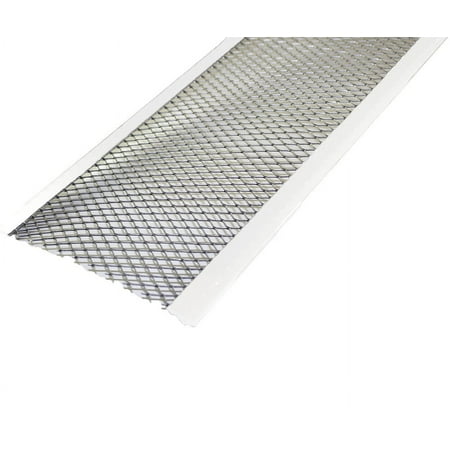
This gutter guard is easy and simple to install, and is virtually undetectable once in place. It locks to your gutter system for a tight fit, and conveniently prevents leaves and debris from gathering in your gutter.
10. Adding insulation to the wrong side of garage doors
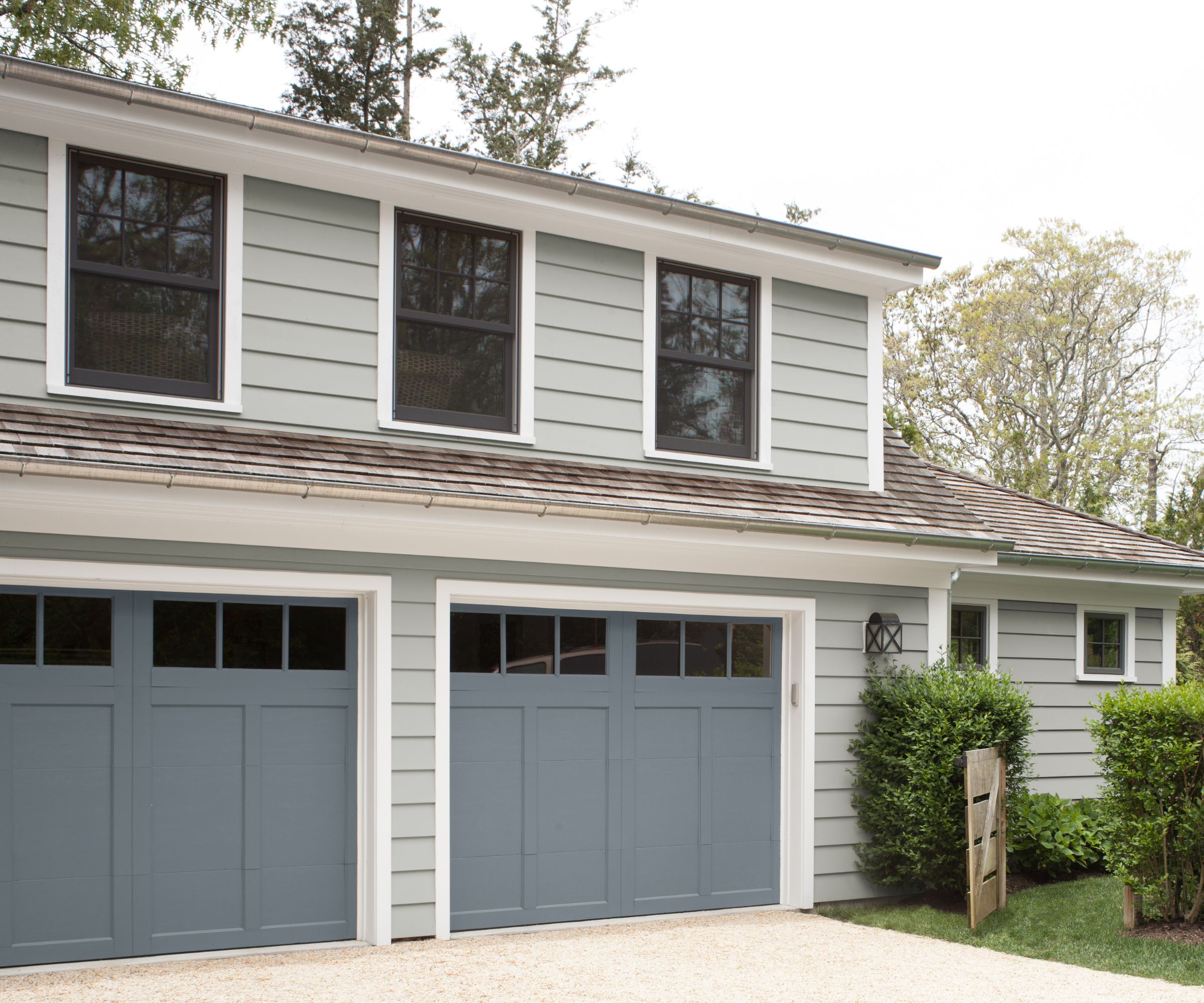
While you will want as much insulation as possible during winter, avoid adding it to the wrong side of your garage doors, says Jon Russell, director of systems at Precision Garage Door Service.
'One mistake we see is that homeowners add insulation to the back side of their doors,' he says. 'The issue here is that they added extra weight to the door and did not change out the springs to balance the door properly.'
Avoid this mistake by calling a local door company to add insulation and change the springs, or have your entire door replaced if needed, he adds, to winterize a garage like a pro.
11. Failing to protect pipes

Finally, it's important to winterize home plumbing indoors.
'Protect your pipes by wrapping them,' says Dodson. 'This will pay-off when your pipes are in danger of freezing.'
Use self-adhesive tape, such as the 2" Wide X 98.4 FT Pipe Insulation Wrap Pipe Insulation Foam Tape available at Amazon, which Dodson recommends. This has an excellent heat preservation technique, with a strong-self adhesive design that's easy to use and install by yourself.
While you're thinking about winterizing your home, learn what to do if your washing machine freezes.







